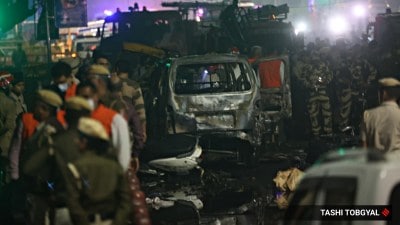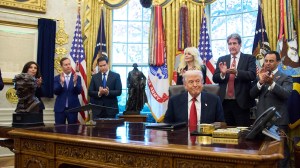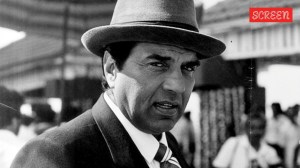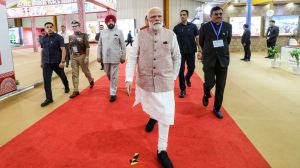Policy panel wanted status quo,Subbarao went for 50 bps hike
Most members of the TAC had suggested the RBI to adopt a wait-and-watch policy.
When the RBI Governor D Subbarao raised repo rates by a steep 50 basis points on July 26,he had ignored the suggestions of the banks Technical Advisory Committee,or the TAC.
Most members of the TAC had suggested the RBI to adopt a wait-and-watch policy,while one member suggested an increase in the repo rate by 25 basis points.
Four members of the committee were of the view that the past monetary policy actions had an impact and the transmission was still playing out. In view of this,and the fact that the uncertainty in the global environment had increased and domestic investment was slowing down,they suggested that the Reserve Bank follow a wait-and-watch policy. Hence,the repo rate should not be changed, the RBI said while revealing the discussions of the TAC ahead of the policy announcement.
The TAC acts as a proxy policy committee for RBIs monetary policy but it is advisory in nature. The policy decisions are finally made by the Governor.
Two members felt that the increase in the policy rate be avoided,if possible. However,if the Reserve Bank needed to give a signal to the market about its continuing anti-inflationary stance,it could raise the repo rate by 25 basis points,the RBI said. One member suggested an increase in CRR (cash reserve ratio) by 25 basis points,segmented in such a way that a long-term investment was encouraged.
A member also felt that the bank could give clear signals of more stringent capital requirements in future,at least for systemically important financial institutions.
The meeting was chaired by RBI Governor D Subbarao. Other members present were: Subir Gokarn,vice-chairman,KC Chakrabarty, HR Khan,Shankar Acharya,YH Malegam,Sanjay Labroo,A Vasudevan and Sudipto Mundle. Dilip M Nachane and Samir K Barua could not attend the meeting but submitted their written views. Anand Sinha could not attend the meeting.
Suggesting that the RBIs assessment of inflation is far more dire than the market and its tolerance much less despite the slowdown in growth,the RBI raised the repo rate to 8 per cent from 7.50 per cent. Consequently,the reverse repo rate was also raised by 50 basis points to 7 per cent. With this,the RBIs repo rates were raised another 125 bps in the first quarter of 2011-12. This has raised the key operational policy rate by 475 bps in a span of 15 months since mid-March,2010 one of the sharpest monetary tightening seen across the world.
The central bank recently started putting the minutes of the meeting in the public domain,including specific recommendations,without directly identifying members with their advice.
There is no formal committee structure to the TAC like the FOMC of the US Fed or the Monetary Policy Committee of the Bank of England.
Tactics suggested,not taken
* RBIs Technical Advisory Committee acts as a proxy policy committee,but it is advisory in nature. The policy decisions are made by the Governor.
* While one member suggested an increase in the repo rate by 25 basis points,two members felt that the increase in the policy rate be avoided.
* One member suggested an increase in cash reserve ratio (CRR) by 25 basis points,segmented in such a way that a long-term investment was encouraged. A member also felt that the Reserve Bank could give clear signals of more stringent capital requirements in future





- 01
- 02
- 03
- 04
- 05


























